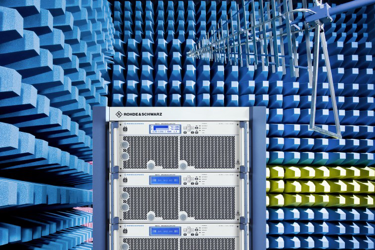What Is A "Smart" Amplifier?

In its simplest form, an amplifier is an active device that takes an input signal and produces an output signal that is a copy of the input signal, but having increased amplitude. There have been many changes over the years in how RF amplifiers are constructed, such as tube (or "valve") amplifiers being replaced by solid-state, transistor-based amplifiers.
The basic amplifier design and mode of operation have however remained relatively unchanged until recently. Traditionally, parameters such as operation class or output power were more or less "fixed" by the design of the amplifier, and could not be easily or dynamically changed. This, in turn, restricted one's ability to use a given amplifier in a wide variety of applications or to adapt the amplifier characteristics to meet different use cases or testing environments.
This whitepaper discusses several recent advancements in amplifier design. These innovations provide substantial improvements in terms of both flexibility and efficiency, creating a new class of "smart amplifiers." Unlike traditional amplifiers, these "smart" amplifiers allow user-defined, dynamic, and simultaneous variation of the core amplifier parameters (such as operating class and VSWR tolerance) during operation, thus enabling the optimization of performance for an extremely wide range of applications.
Get unlimited access to:
Enter your credentials below to log in. Not yet a member of ECM Connection? Subscribe today.
